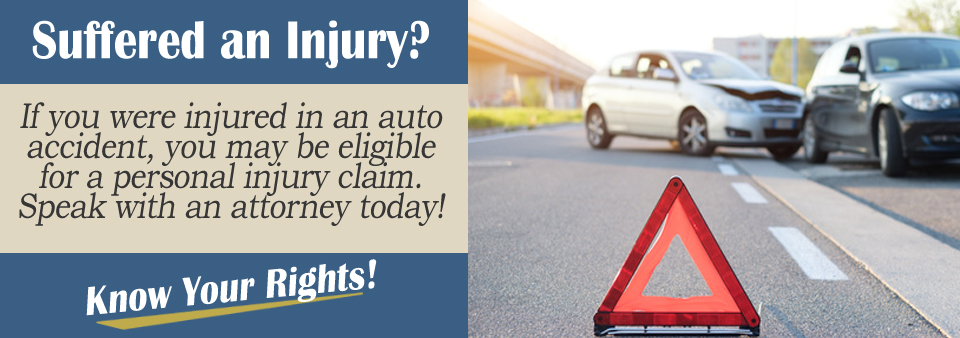The traffic has come to a halt during the rush hour drive home from work. You apply the brakes and come to a stop that leaves you with plenty of room between your vehicle and the car in front of you.
Unfortunately, the vehicle behind you did not take the same safe driving precaution, as the jarring impact from a rear end collision sends your body into the steering wheel. The strong impact has left you with a mild concussion and what you think are a couple of broken ribs.
There are many causes of rear end collisions, with inattention leading the list. However, the other driver might have operated a motor vehicle that had faulty brakes or an inferior safety system that did not detect imminent impact. Whatever the reason for a rear end collision, you have to know how to file an insurance claim to recover all the costs associated with the crash.
Determining Fault for a Car Insurance Claim
Driver fault is the most influential factor for determining which insurance company is on the legal hook for a rear end vehicle collision. In most cases, the operator of the motor vehicle will be found at fault for hitting the car in front of him or her. If that is the case for your rear end accident, you have to submit a claim that seeks just compensation to the insurance carrier of the at fault driver.
Sometimes, there are rear end accident cases that are not caused by the driver who hit another vehicle from behind. The other driver’s car might have been pushed by a third car, which frequently happens during chain link car accidents.
Although assigning fault in a rear end collision is typically not difficult, you should still contact the closest law enforcement agency to request assistance in filing a formal insurance claim report.
Follow All Protocols for Filing an Insurance Claim
In addition to a police report, many states require motor vehicle operators to file a formal accident report with their auto insurance companies, as well as to the state Department of Motor Vehicles (DMV). The report filed to the DMV should mirror the information presented in the formal police report. It is important that you understand your legal obligations for submitting paperwork after a rear end collision.
In some cases, a rear end collision does not warrant the presence of law enforcement, which an officer can determine during a brief phone conversation. If there is not a formal police report, it will be up to you for collecting the evidence needed to file a persuasive car insurance claim.
You should take photographs of the damage caused to the rear of your vehicle, as well as shoot images of the weather conditions at the time of the crash. Witness accounts of the crash should bolster your auto insurance claim.

Get a Personal Injury Attorney Involved
A rear end collision might not trigger any physical symptoms for days or even a couple of weeks after an accident. This is especially true for migraine headaches and internal injuries such as slightly bruised ribs.
A highly rated personal injury lawyer can help you process an auto insurance claim that includes documentation of your delayed injuries. Most personal injury attorneys schedule initial consultations with clients to review the evidence associated with a rear end collision.